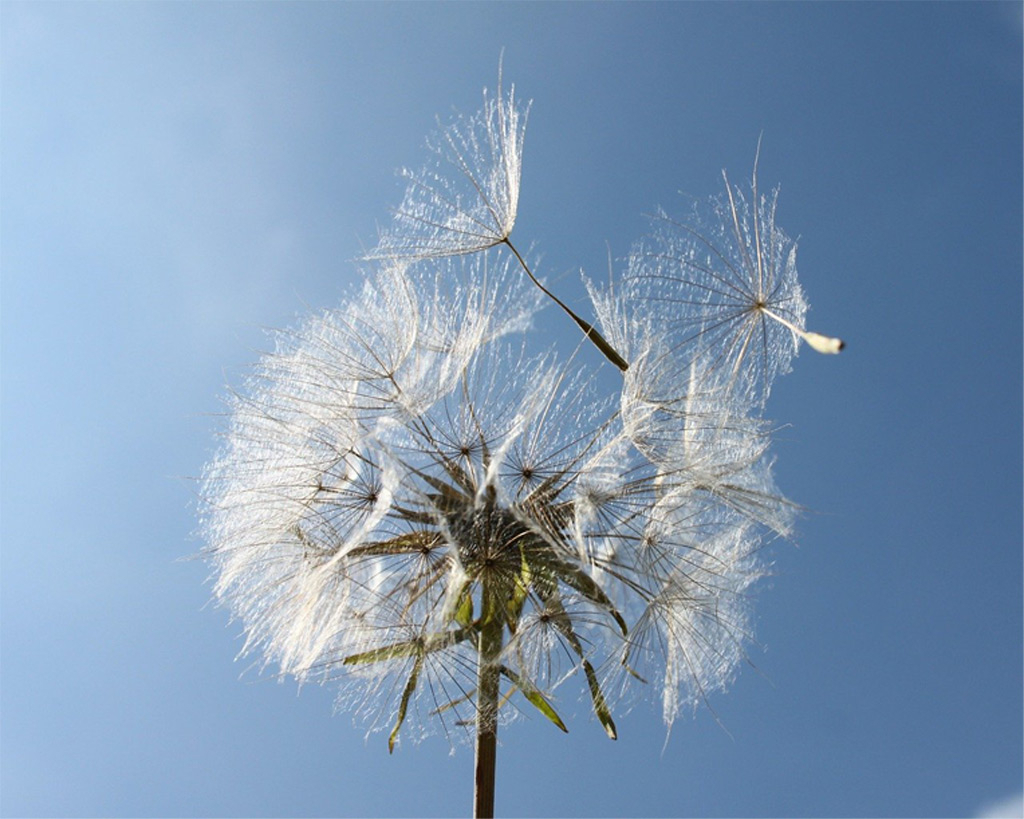
Hay fever: what to do during pollen season
Date: 13 / 04 / 2022
Where is all this pollen coming from?
Spring has sprung, and nature is in full swing. We want to head outside, but it's not always fun for everyone. With the combination of sun and wind, many trees suddenly spring into action. Trees that are about to bloom release their pollen into the air, and the wind takes it away. Starting in March and April, this causes irritation in the airways of people with mild allergies or considerable sensitivity to pollen. The result: annoying hay fever symptoms: streaming eyes and noses, a burning sensation or shortness of breath, and endless sneezing.
What is pollen, exactly?
Pollen is made up of powdery white, yellow or brown pollinators. It is produced by grasses, plants and trees. In other words, there are many different types, and they vary according to the crop. Grass is apparently the main cause of hay fever in the Netherlands. Given its flowering period from early May to mid-July, this is often peak season for symptoms.
Duration of the pollen season
Early-flowering trees such as alder and hazel kick off the pollen season in March, and it closes in August when mug wort, a weed with yellow small flowers, finishes flowering. This means that pollen is a factor for almost half the year, also for the choices you make when it comes to your indoor climate.
Pollen in your house
Because pollen floats away on the wind, it can enter your house through open doors and windows. They may even make their way in via your ventilation system. Which is precisely what you want to avoid if you are sensitive to pollen. If the allergy is triggered outdoors, you will want to let your respiratory system breathe freely at home. Hay fever often makes people feel very tired: it stresses and considerably disrupts your system. It is vital that you have places where you can relax and recharge.
Prevention with pollen filters
The best way to keep pollen out of the house is to keep windows and doors closed and instead ventilate with an HRU unit with pollen filters. Thanks to their higher filter class, our pollen filters can capture smaller dust particles, including pollen. An additional advantage is that fine dust is also kept out throughout the year. You could see these filters as a – preventive – supplement to your first aid kit. It creates more breathing space.
Tips to combat hay fever
Take a shower before going to bed: it rinses the pollen out of your hair before you retire.
Go for a walk right after it has rained: the air will be cleaner than before the rain.
Keep pets that go outdoors clean as well: pollen from the plants they have walked past can stick to their fur.
If you are sensitive to grass pollen, it's best to avoid meadows and grasslands where grasses are flowering. Ask someone else to mow the lawn; have it done often enough to prevent the grass from flowering.
And here is an extra tip from a beekeeper:
In winter, eat honey from your neighbourhood. This will familiarise your body with the pollen from your immediate surroundings for when spring is upon you. It won't cure hay fever completely, but it helps!
If you want to find out more about our pollen filter kits, please feel free to contact us.
